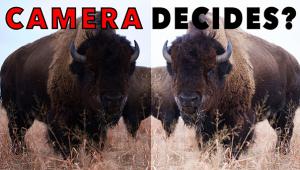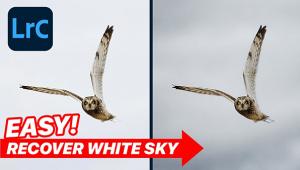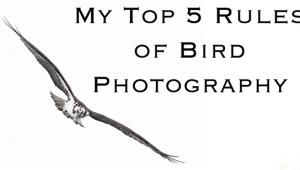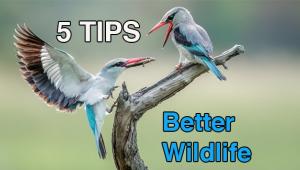Don't Spoil Nature & Wildlife Photos by Always Shooting Wide Open (VIDEO)

A common practice among nature and wildlife photographers is to shoot at maximum aperture to separate the primary subject from a soft out-of-focus background. This tutorial, however, explains when this can be a bad habit and actually spoil an otherwise great image.
Today's tutorial comes from our friends at Pangolin Wildlife Photography, an enthusiastic community of African experts based in the wilds of Northern Botswana whose goal is to help others improve their skills when shooting in the field. This epiosde explains why pro Charl Stols stops down more often than not to use aperture settings more creatively for better wildlife imagery.
Stols admits that, "I always loved capturing wildlife wide open with fast lenses and shallow depth-of-field in which only the subject is sharp and clear." Over the years, however, he learned that always taking this approach can be a mistake that will often hold you back depending on the specific scene at hand.
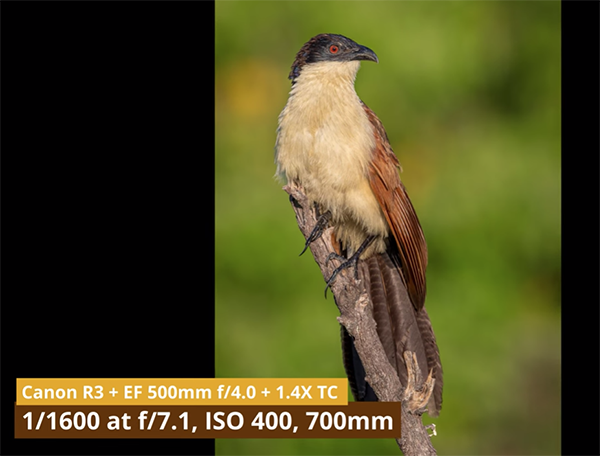
Here's the promise Stols makes with regard to this enlightening nine-minute lesson: "I will highlight the challenges and limitations that come with using wide apertures and show you plenty of examples when I employed high ISO settings instead to get a perfect shot.
Stols begins with a quick overview of the advantages to the standard approach, but then he says this: "The aperture isn't the only factor that influences depth of field. Others considerations include the focal length of your lens, and camera-to-subject distance—both of which have a great influence on how much is in focus within the frame..
So what situations call for using a narrow aperture and what benefits can you expect to achieve for more compelling photos? Stols provide an example of a bird whose eye is sharp but the rest of the body is too soft because of limited depth of field, and how using a narrower f/stop created a much more effective shot with superior detail (and the background is still acceptably soft with very nice bokeh).
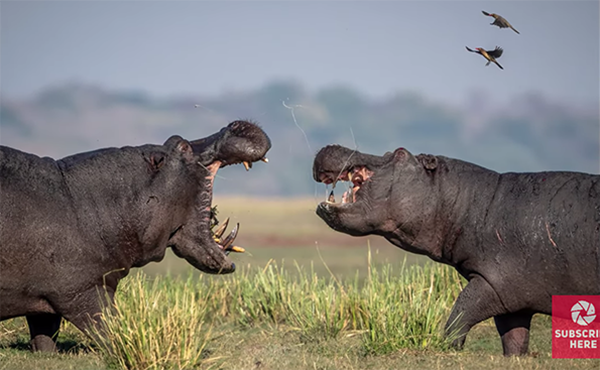
Stopping down is even more important when you're photographing multiple birds and animals interacting with one another each at different distances from the camera. The example here is an interesting shot of two hippos facing off in the foreground with a couple birds flying overhead a bit further back. In such situations, setting a lens to maximum aperture won't get the job done.
Stols illustrates his points with a variety of other images, including the common task of capturing birds in flight. In such cases you'll learn the best f/stop to use, along with focusing techniques that will deliver optimum results. He also discusses how lenses of different focal lengths factor into the equation.
Bottom line: This approach is very easy to master: All it takes is knowing when to modify aperture in the way that Stols recommends. The Pangolin Wildlife Photography YouTube channel is of full helpful tips and techniques like what you see here, so be sure to pay a visit.
We also suggest watching a related tutorial we featured with another accomplished pro who demonstrates how to capture dramatic nature and wildlife photographs by shooting your subjects in silhouette.








